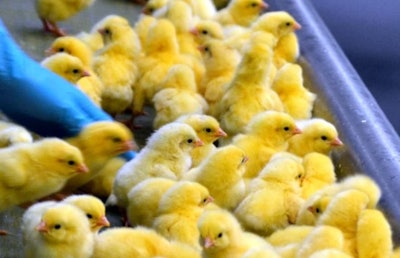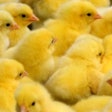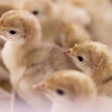
Pilgrim’s Pride has not been immune to troubles of lower-than-desired hatchability, but the company’s CEO believes they have identified the main source of the issue and expects the situation to improve.
Speaking during a quarterly earnings call on February 26, Pilgrim’s Pride CEO Fabio Sandri said when the broiler industry tried to tackle one problem, another problem arose.
“The primary breeding companies changed their breeds to improve the quality and the yields on the breast meat,” said Sandri. “We started several years ago with the issue of the woody breast and the reaction from the primary breeders was to change their breed to improve the quality and reduce that issue, and that impacted the hatchability. That, as well as a breed that performs better on the conversion, creates a little bit of a challenge on the live side, on the egg production, and on the hatch, and I think that’s what we saw.”
Sandri said Pilgrim’s is improving its “management of the breeder side,” and they are starting to see hatchability rates rebound.
“We are better than the average company right now, but there are still some challenges on the hatchability that maybe with a new breed will be resolved,” he said.
Sandri has also noticed that the average breeder age in the industry is older than what would be desired, which he said is also impacting hatchability. However, the industry is placing more pullets with the intent of tackling that problem, saying that a younger breeding flock should be more productive.


















